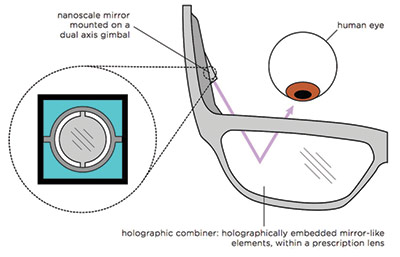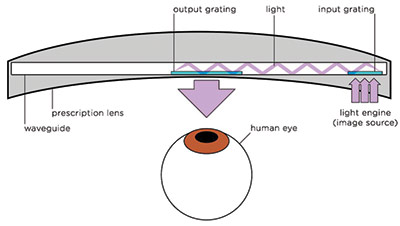I did see one, but it was on the head of an employee who was "gathering data." He raved about it but didn't let me try it on.
The folks at the store there said that their Hololens 2 was overdue. They expected it a couple of weeks ago and still haven't seen it. So they're on the "any day now" plan.
When it shows up I'll head down to check it out in person.
SHANGHAI (Reuters) - Microsoft Corp’s second generation HoloLens augmented reality headset will go on sale in September, the company’s executive vice president Harry Shum said on Thursday.
Shum made the comment in a speech at the World Artificial Intelligence Conference in Shanghai.
Display first...
In the strictest sense, it's still speculative that Microvision's tech is in Hololens. (But there is enough evidence that I'm all in) This contract when mentioned, Microvision stated that once development was complete, Microvision could sell the results to whoever they wanted to.
I think the enterprise focus of Microsoft made things happen a bit more slowly, but a lot better. I think consumer versions will be close behind.
Reuters
The Verge
When it shows up I'll head down to check it out in person.
SHANGHAI (Reuters) - Microsoft Corp’s second generation HoloLens augmented reality headset will go on sale in September, the company’s executive vice president Harry Shum said on Thursday.
Shum made the comment in a speech at the World Artificial Intelligence Conference in Shanghai.
Display first...
In the strictest sense, it's still speculative that Microvision's tech is in Hololens. (But there is enough evidence that I'm all in) This contract when mentioned, Microvision stated that once development was complete, Microvision could sell the results to whoever they wanted to.
I think the enterprise focus of Microsoft made things happen a bit more slowly, but a lot better. I think consumer versions will be close behind.
Reuters
The Verge













